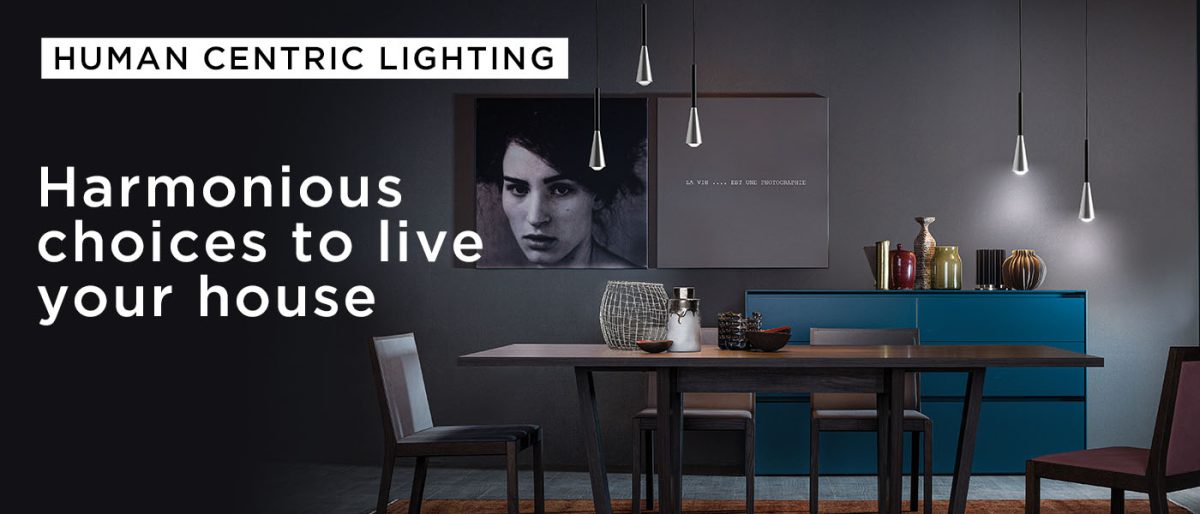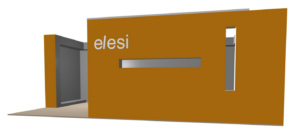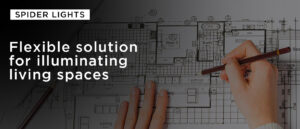It is not such unusual to hear about lighting for the individual wellness. Anyway, how much can we really say to know about human centric lighting?
We have already dealt with this specific topic in a previous article that shows how the recent scientific and technological developments are nourishing an increasing awareness concerning people’s health. The human centric approach is taking a more and more important role in several fields, in this matter.
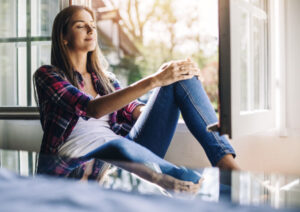
Among those, the lighting sector also involves a human centric methodological approach.
HCL’s main goal is to set the light based on human beings’ optimal needs.
The constant exposure to artificial lights has interrupted the genuine balance with nature, causing possible health consequences.
LED and its health effects
The transition to LED lights was undoubtedly a real revolution for energy advantages generated in the economy. Anyway, there is an obvious need to deepen the incidence by which LED lighting could impact on human health. Some studies have highlighted a close relationship between psycho-physical disorders and artificial light.
As early as 2008, the European Commission appointed SCENIHR (Scientific Committee on Emerging and Newly Identified Health Risks) to study the symptoms of some diseases that could get worse in the presence of energy-saving light bulbs.
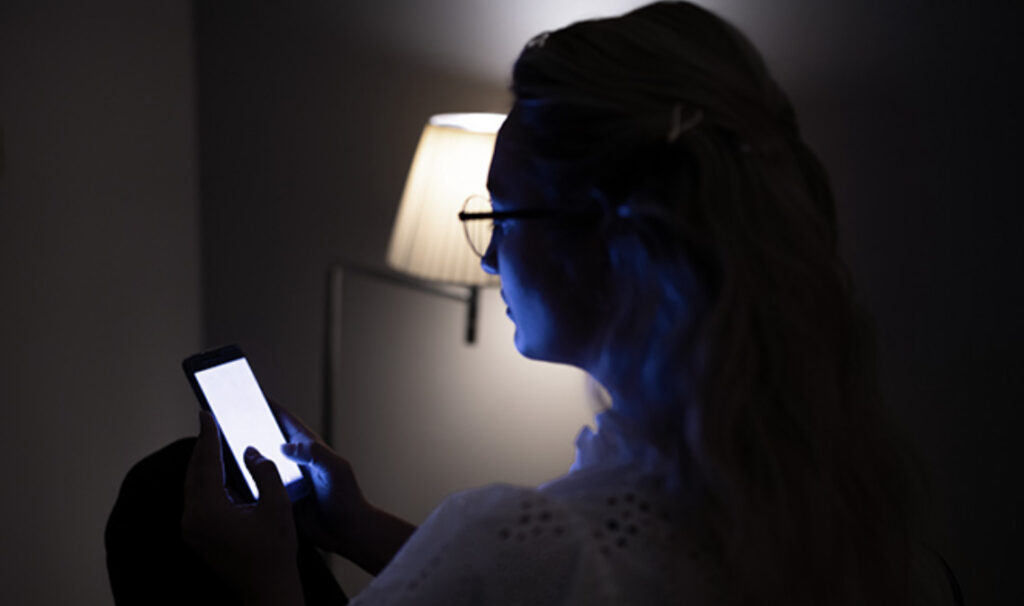
The decrease of melatonin, due to an alteration of circadian rhythms has turned out to be the main source of gastrointestinal and cardiovascular collateral effects. The short wavelength light, that ranges between 380 and 495 nanometres, is the characteristic light released by diodes and it also affects cognitive performances, vigilance levels, sleeping and mood.
The following Scientific Committee (SCHEER) established by the European Commission detected a greater sensitivity to blue light among children under the age of three years, along with a possible induction of photochemical retinopathy.
Light flicker is another cause of health issues, in case of frequencies of 100 Hz and higher. At these levels, the phenomenon is no longer perceptible by a human eye and therefore not normally visible. The flicker is a concrete risk for people’s wellness, even if invisible.
The comprehension of the effects that light brings to the human health is the basis for a research and an anthropocentric design that minimizes the feasible negative effects of LED lights.
A multiplicity of factors
The aspects that impact people’s inner state and well-being are a lot, as follows:
- circadian rhythms: blue light at night can interfere with our regular hormonal flow
- certain colours or lights can influence our emotions, mood and cognition
- a greater quantity of blue in the light bulb can increase visual acuity
- light can affect the perception of the 24 hours, the quantity of energy to get in a specific moment of the day or of the year. The amount of light and the spectral distributions are regulatory factors of circadian rhythms
- Lighting can stimulate different reactions in our body, such as energy and relaxation. These effects, in turn, influence people’s performance and wellness. Everything depends on the colour of the light.
Along with the features purely concerning individual’s health, there is another one related to sustainability and energy saving: the dimming LED systems and the Kelvin degree variation ones (the temperature of light) make you save considerable amounts of energy, decreasing the wastefulness by a smart light management.

The new design
Traditionally, the lighting engineering design of a location takes into consideration some key features as uniformity, dazzle and the light levels on a work surface.
We are used to considering these aspects just on the basis of visual needs.
Human Centric Lighting aims to deal with design topics creating a harmonious balance between concrete visual needs, energy efficiency and the non-visual features of light (circadian rhythms, mood, sleeping and productivity).
Weather, brightness, light spectrum and light distribution are among the elements that mostly impact the non-visual effects of the light.
A HOLISTIC APPROACH FOR A TAILORED DESIGN
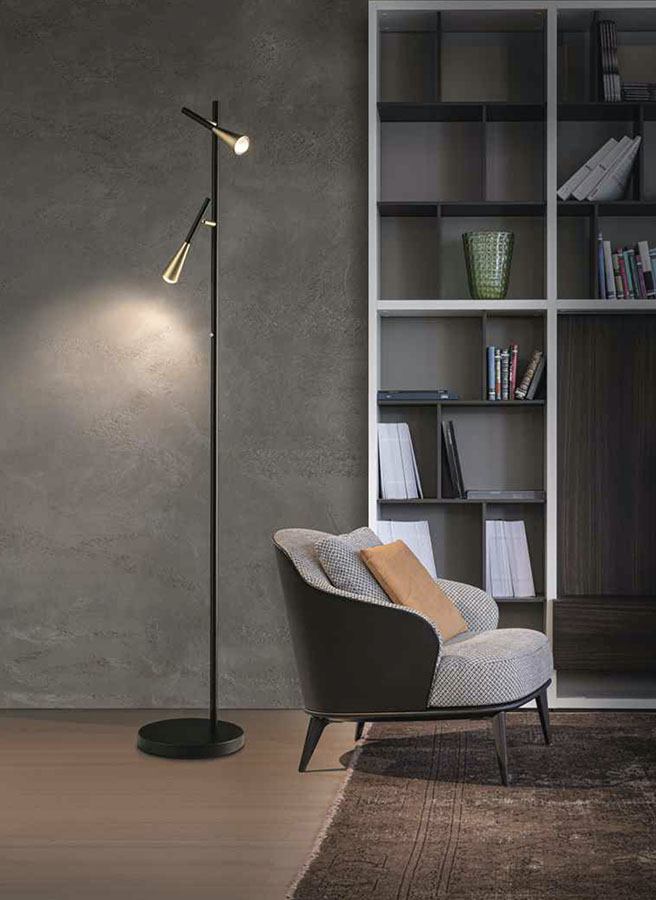
HCL is not just a mere sum of its parts, but it provides solutions that match biological, visual and emotional impacts of light through a holistic way.
Identifying the activities to be performed in each single context is the first step in this direction.
The Human Centric Lighitng strategy develops itself according to the environment where it will find its space.
Each kind of person living in an interior space of a building has different needs according to his/her activities to do, his/her sleeping-waking hours and his/her age.
Therefore, a house, an office or a healthcare facility will have to implement different lighting strategies.
The lighting at home
The home environment is the heart of our lives and it thus becomes crucially important for a feel-good guarantee.
The bedroom
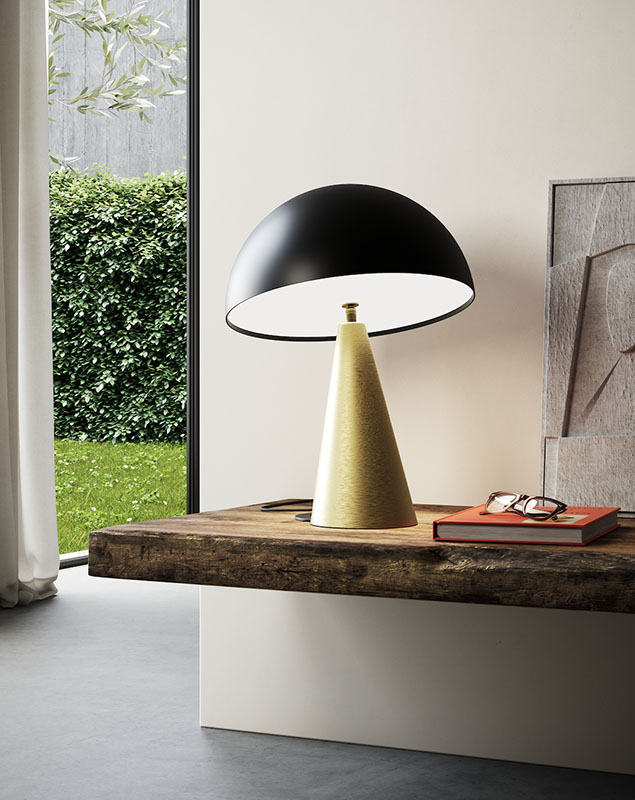
In the bedrooms the day begins, but the waking up is different in each period of the year. During the summer the light of the dawn sets the pace of the awaking, whereas the artificial light wakes us up a bit too abruptly in the dark wintery mornings.
In this case, some lampshades with dimmable warm light or with the latest generation controls could be great allies for the passage from sleeping to awaking.
The simulation of the rising sun is exactly what our body expects to receive in that part of the day: a warm light that, just as the dawn, makes the awaking more natural and less upsetting. The morning light releases the stress hormone, cortisol, that communicates a state of alert to our body prompting us ready for a new day.
On the contrary, a relaxing light, that converges to total darkness in the evening hours, helps to fall asleep. That happens because the colour of the light at sunset prevents the cortisol production and helps the melatonin secretion. The balance between these two hormones guarantees the quality of sleeping.
The melatonin production varies according to the age. In our 40s, it starts to decrease and, in our 60s, it is less than a half compared to when we were young; that is why the sleeping hours diminish as we get older.
Its trend also depends on seasons with shorter period of production in summer and longer ones in winter.
The bathroom
The bathroom is truly the anteroom of our day: we get ready to cope with our job, school and every daily chore in this room. In this second space, a white and bright light can help us to better prepare ourselves, paying a particular attention to the colour rendering index needed to deal with our beauty routine in front of the mirror.
This room will be equipped with light points suitable to the evening atmosphere that will help a person to relax before going to bed, even with a relaxing bath.
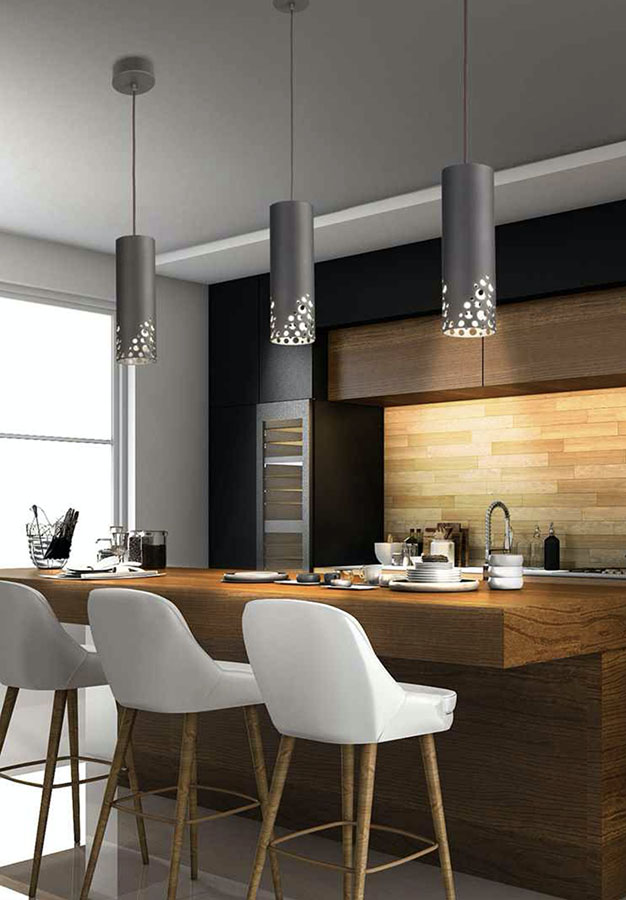
The kitchen
At breakfast, the daylight needs to infuse the right energy to tackle the day: the shade of light will have a stimulating effect on our whole body, if close to the natural one.
The wall appliques turn out to be helpful to get a more uniform distribution of the brightness and, by a high colour rendering, they realistically portray the colours showing… the truth on the plate. Lighting is taking an increasingly important relevance in the catering field too, because it can enhance food features.
“Ogni piatto ha una sua luce”
“Each dish has its own light”
Gualtiero Marchesi
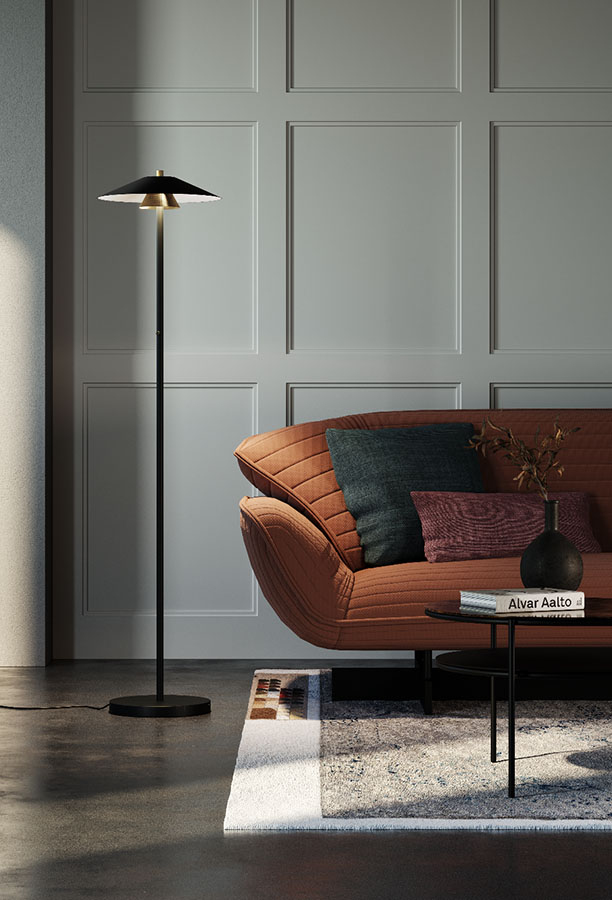
The living room
The lighting in the living room has to be enough to move easily and it has to be able to create a pleasant atmosphere at the same time.
It is important to provide both vertical and horizontal illuminance levels to this end, whose balancing contributes to a higher definition of the spaces.
By evening, the ideal solution is the transition to softer lights instead, in order to create a relaxing atmosphere that helps falling asleep.
DAYLIGHT
Daylight is undoubtedly a high-quality light source, anyway we have to be able to manage it and to take into consideration its changeable nature too.
Therefore, optimizing daylight means balancing the free light in a space and, at the same time, minimizing the glare phenomenon or the overheating one due to the direct sunlight.
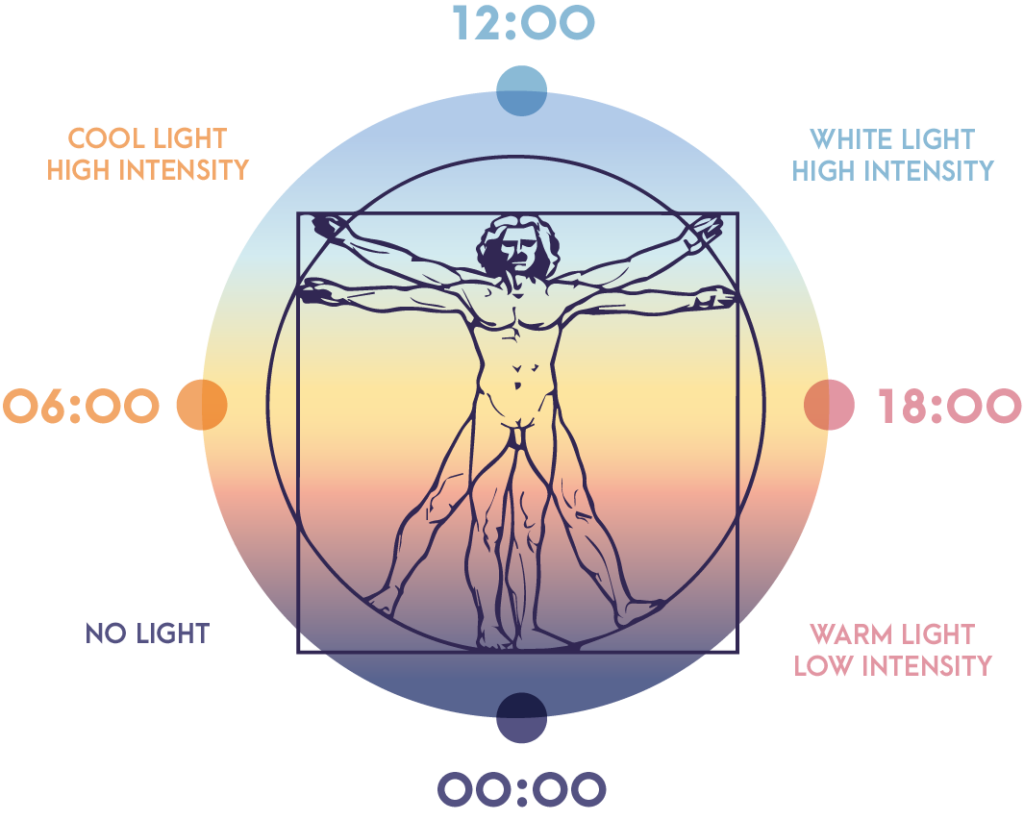
Human Centric Lighting main goal is to go along with and to simulate daylight though it is subject to continuous variables, such as weather, direction or intensity.
Anyway, the outdoor conditions are not always pleasant or particularly beneficial for people. In fact, it happens we wish to get a better illuminance compared to the external situation in a cold wintery rainy day, while staying in harmony with nature.
Therefore, dynamic light is OK, but it has to be pleasant.
The light culture
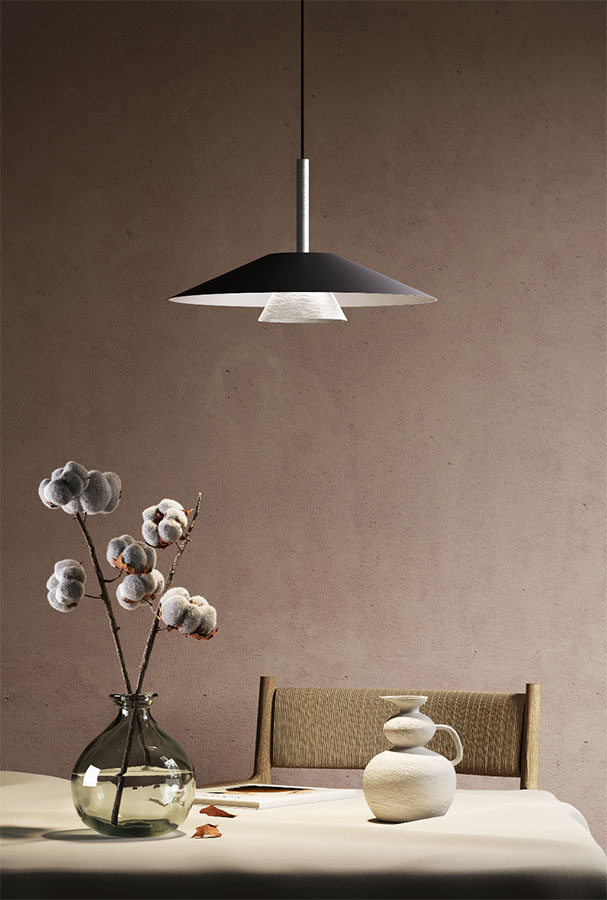
Elesi Luce has been very attentive to the well-being that human centric lighting can provide since ever, and this is the key aspect that it wants to foster: to give light to spaces in a harmonious balance with nature.
Everything taking into consideration the standard features as visibility, light stability, psychological nature and the glare caused by light sources. Elesi Luce aims at paying attention to these aspects in its LED lights production: for instance, Narciso collection, presented at Light + Building in Frankfurt recently, has achieved a relevant success because of its skill to limit the glare caused by a direct light source.
It has to be clear that there is not a universal human centric solution. Each design has to be customized to fulfil those intrinsic variables that make each individual unique and different from the others. The research of targeted and as much as possible tailored solutions is the only possible way for a human centric lighting.
That is why it is vital to define some mandatory parameters before dealing with any lighting engineering designs:
- which activities light will have to support
- people benefiting from the project (with a definition of gender, age and life-style)
- inhabitants’ sleeping-waking rhythm and their own resting needs
- knowing and keeping up-to-date on international guidelines, such as Well certification that aims at promoting a health and wellness culture
Once you have defined these conditions, it is important to be able to harmonise everything in order to create an environment fostering both physical wellness and psychological one.
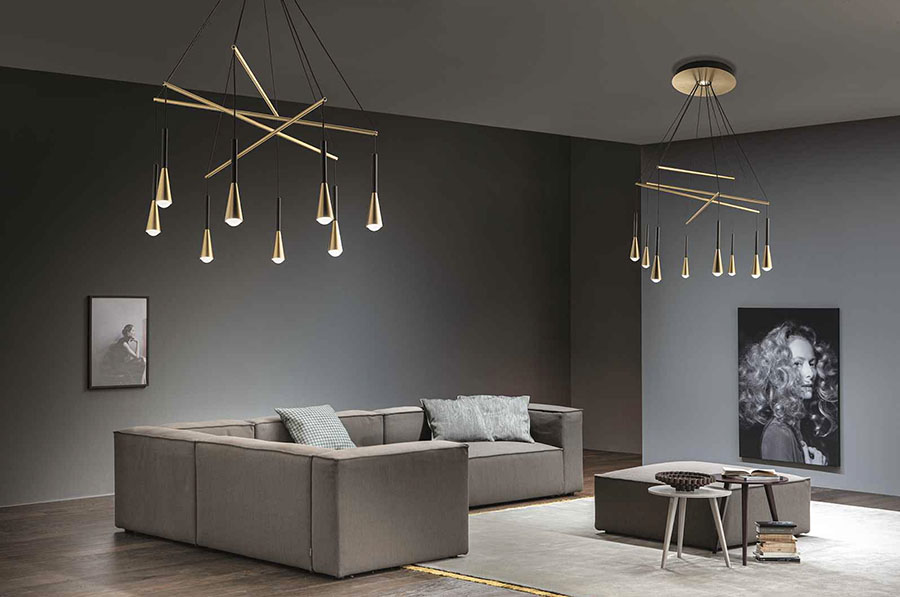
Added value
The new challenge that the evolution asks the housing sector, in particular the lighting one, exactly deals with the tailored production: illuminating bodies able to adapt themselves to each individual user.
In addition to its catalogue production, Elesi Luce can make tailored lamps for specific environments, such as hotels, restaurants as well as other business activities.
The company commitment aims at the constant promotion of lighting engineering training courses addressed to its own shops-clients and distributors, so that the light culture could grow up. The added value that Elesi Luce offers the market is not just its products but an increasing sensitivity to the personal wellbeing.
“Ci piace pensare che chi acquista i nostri prodotti condivida la nostra idea di luce.”
“We like to think who buys our products share our idea of light”
Elesi Luce




